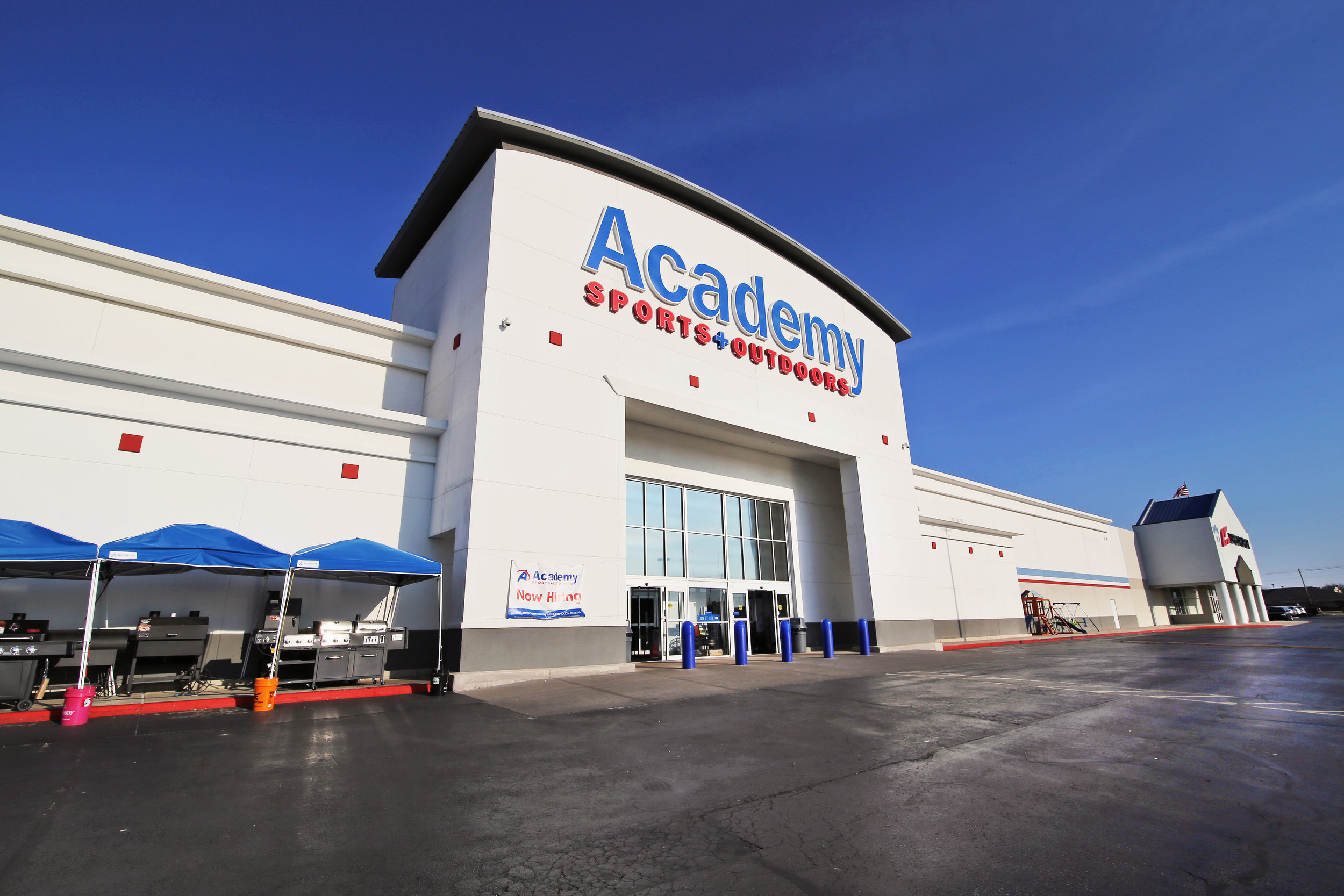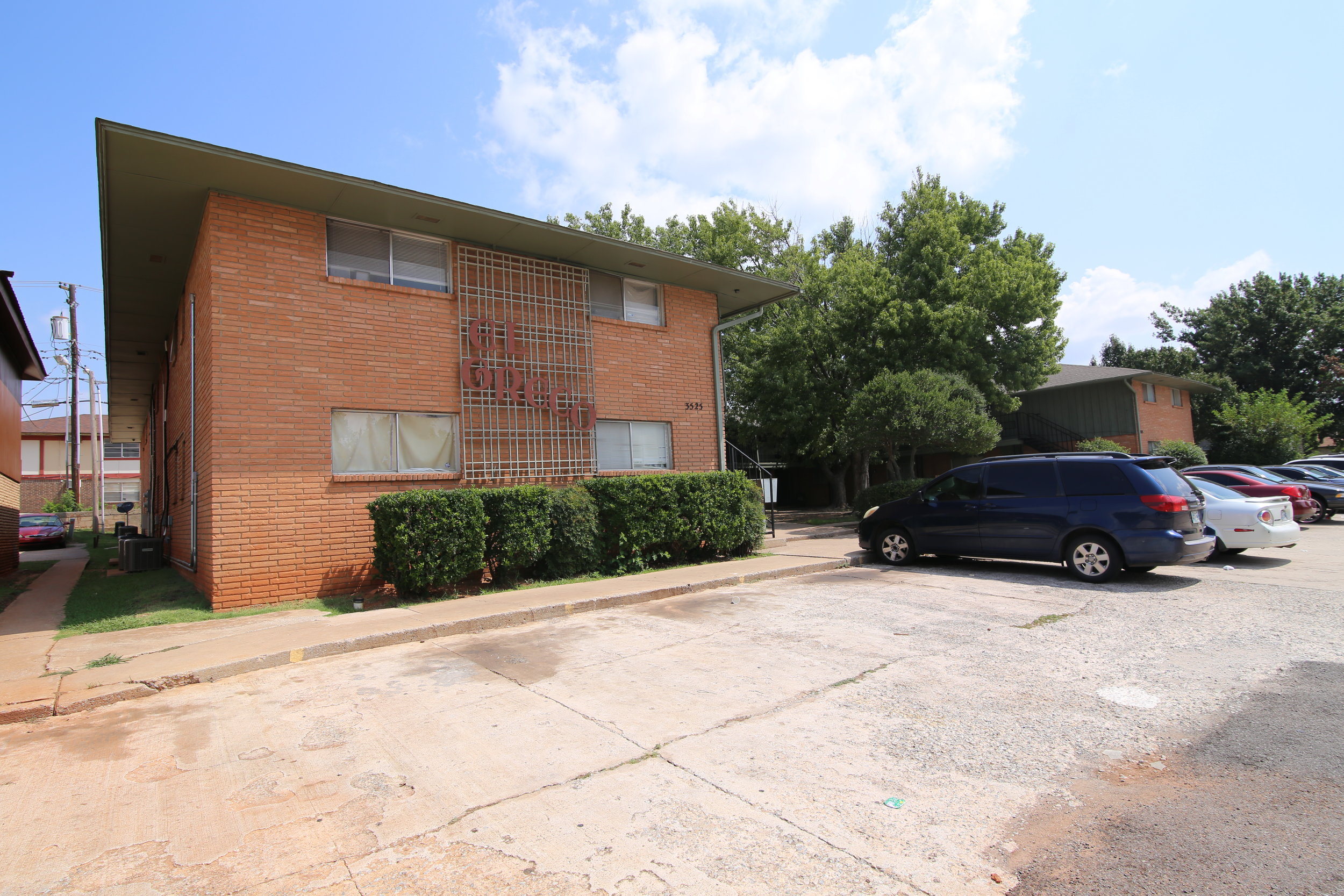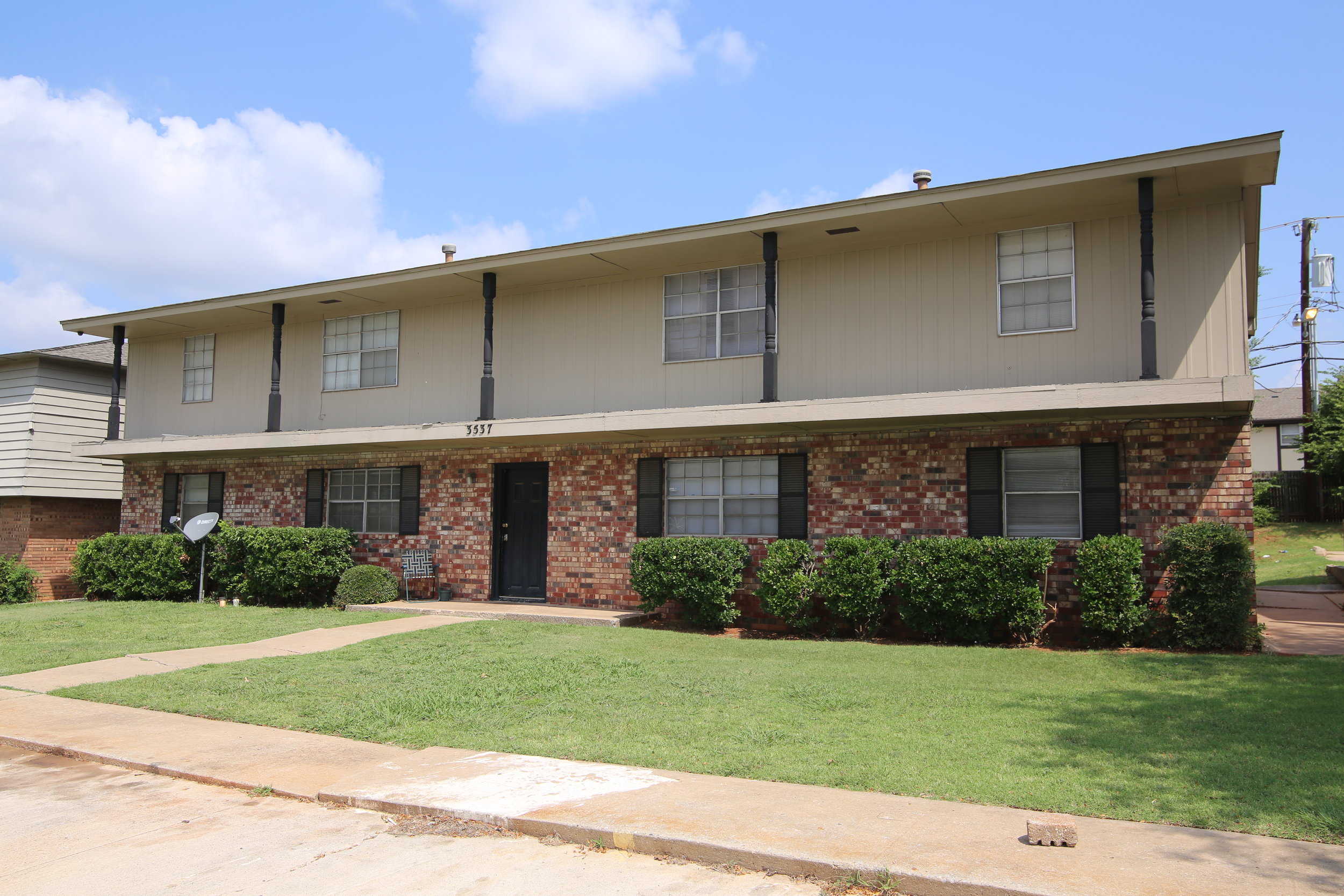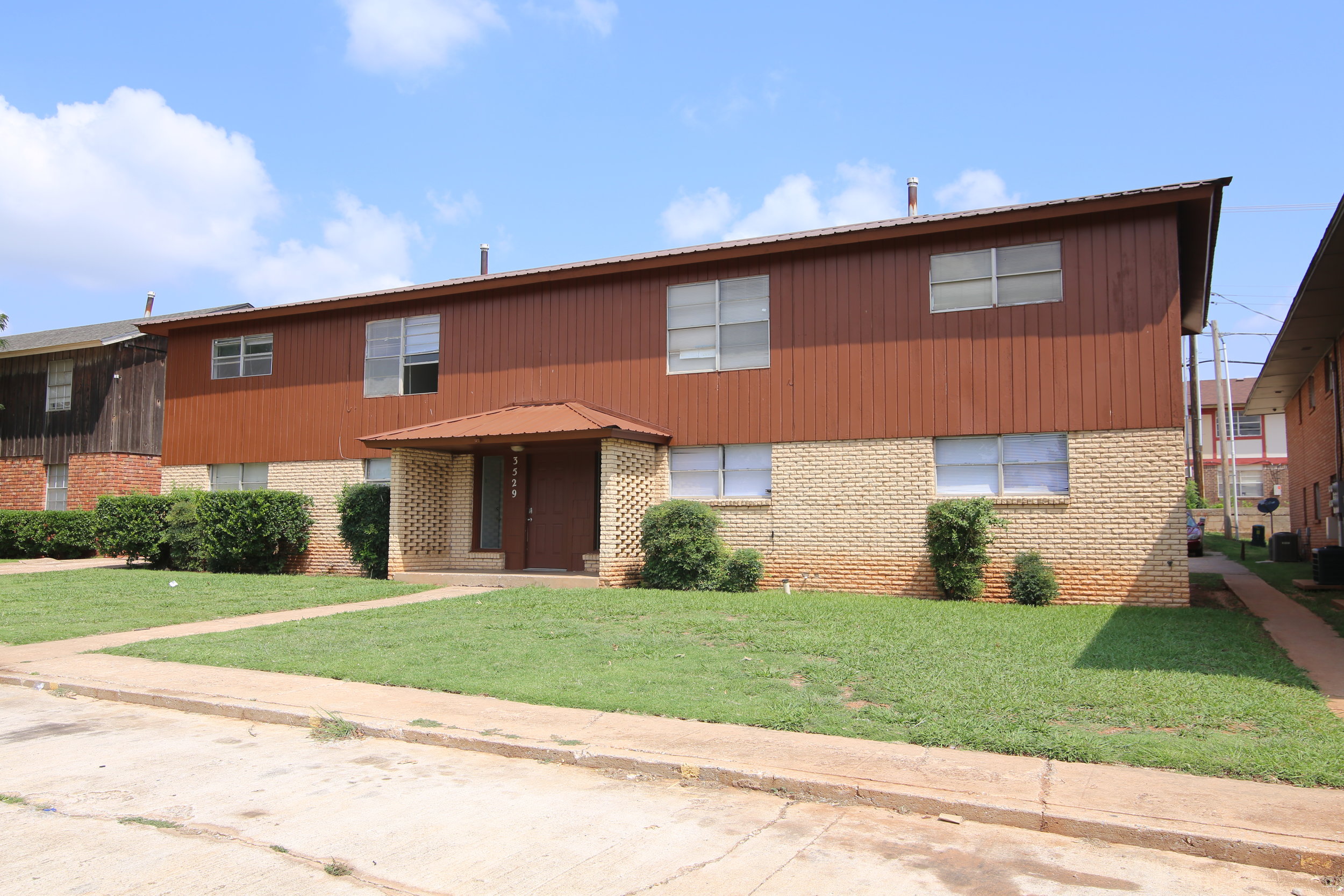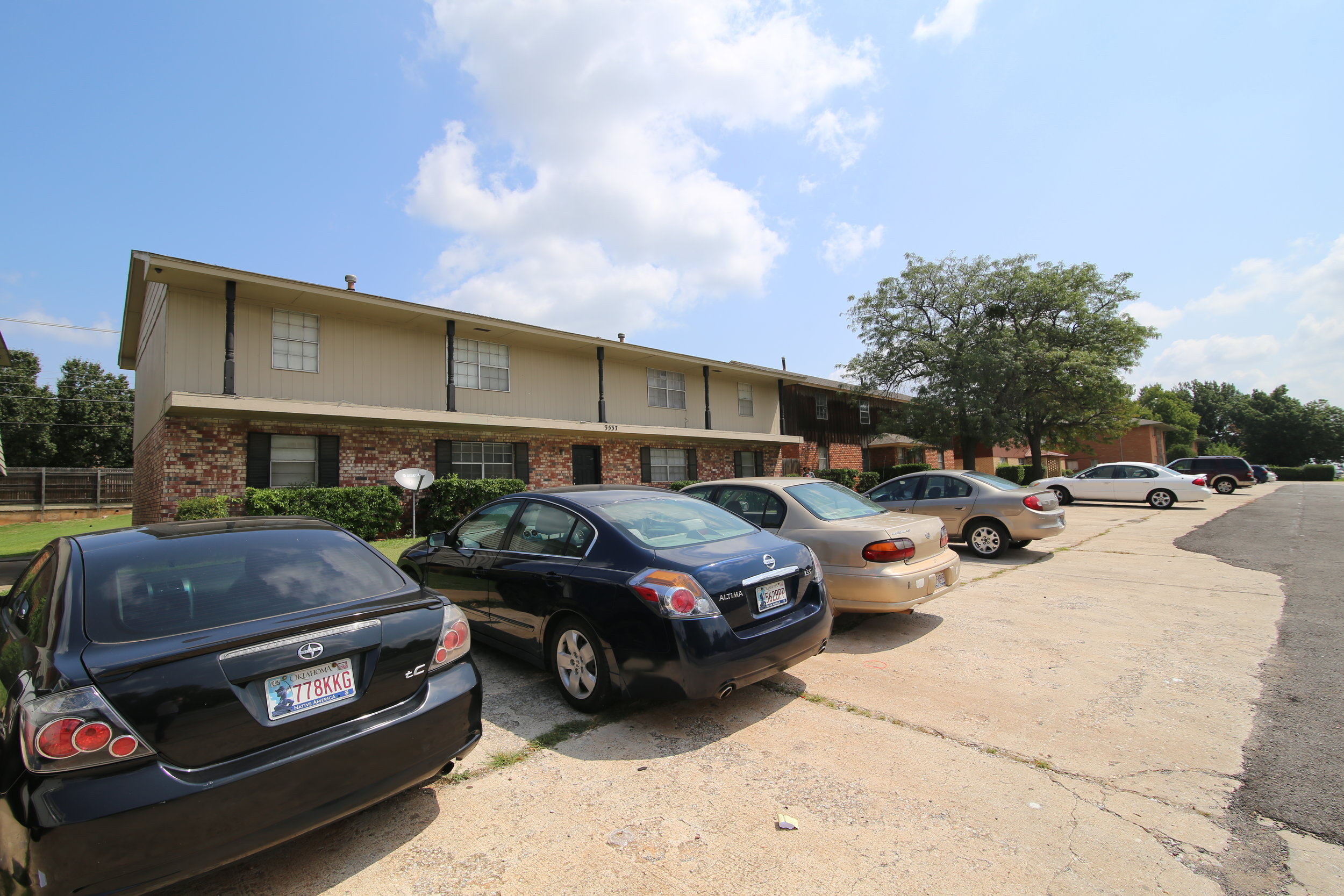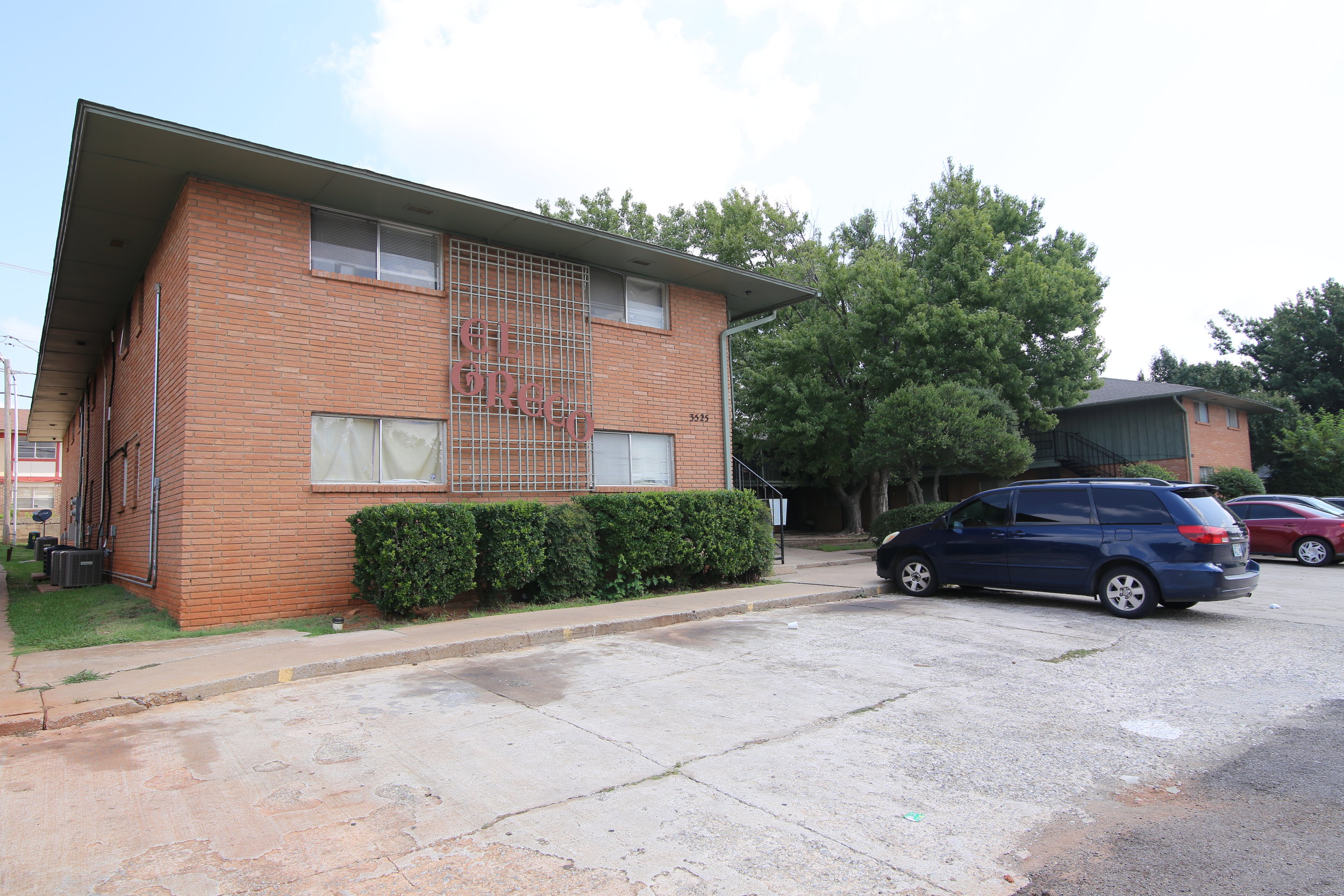Numbers matter in real estate; this survey is built on the premise that numbers matter. But, in this instance, the numbers do not begin to convey the scale of change in the retail industry nor do they reveal the anxiety that underlies the market.
Overall market vacancy improved during the first six months of the year to 9.8 percent from 10.6 percent at year-end. That implies a relatively healthy and improving market. And there is a lot out there to be pleased about. The general economy is still holding up even with continued low energy prices. There are a lot of tenants expanding; most space that has been vacated to date has been backfilled. The market saw positive absorption of nearly 600,000 square feet. Rents, particularly for new space, are at all time highs. If only we could stop there. The good news has a dark backdrop. Over 5,000 stores closed so far nationally in 2017 and more on the way. Negligible income growth locally. Local tenant struggles. Fierce competition from internet retailers.
So, where does that leave us. Are we in a normal cycle or is it the end of retail as we know it? The truth, as it often does, lies in between. We see three broad influences in the retail market: One, retailers are forgetting how to retail. The best retailers have always been good at staying in contact with their customers. A big part of which is understanding them well enough to know what they want in terms of merchandise and how to best sell it to them. In today’s world of big data, that should be easy enough, but many of the problem retailers have failed their customers. Does anyone think Gordman’s, Radio Shack or Payless has done a good job of this? Two, competition from the internet is real and unremitting – which really means that Amazon is coming for you. But, as we’ve discussed before, this is much more nuanced than internet versus brick & mortar. The two are morphing together…Amazon and other internet retailers are opening brick & mortar stores (and need them to reach more customers and raise margins) while, at the same time, brick & mortar stores are racing to enhance their web presence both in terms of sales and marketing. This dynamic is changing the way people shop. Virtually everyone browses on the internet, regardless of where they end up buying a product. Convenience and price have increased importance; the experience is more important. Three, we are in the middle of a normal real estate cycle. Retail has been growing rapidly since the 2009 – 2010 recession. Rents and occupancies are up and there has been significant new construction. It is time for a correction. A correction always involves store closures and reduced tenant activity; the amount of leveraged buyouts over the last 10 years has exacerbated this problem by limiting retailers margin of error in a downturn.
You add these three major influences together and you can begin to understand the level of disruption we are seeing today. We believe it will most likely take another 2 – 3 years to sort out and somewhat normalize the retail market. In the meantime, the market will be very uneven with some retailers doing well and others struggling or going out of business. Clear winners in the interim will be value-oriented tenants, health/personal fitness tenants, and tenants who figure out how to enhance the shopping experience. Tenants that are expected to struggle include fashion tenants, boutiques, and department stores. Then there will be certain classes of tenants – service & grocery for example – that will see less of an effect from current changes. Here is a look at how we expect a few specific sectors of the market will fare in this environment:
Locals
One group of tenants getting caught in the retail crossfire is local tenants. This group is always prone to greater swings in performance given consumer sentiment, changes in disposable income, etc. All the current bad news (you don’t hear much of the good news) has created an environment where many are being more conservative and shoppers are more value driven. Most local tenants have less flexibility in this environment with staffing, inventory management and marketing. Add higher rents, particularly in infill locations, and many local tenants are getting squeezed.
Rents
Oklahoma City has historically had some of the lower retail rents in the country. That has changed in the last5 to 7 years, particularly with new development, out-parcels in front of big boxes and mixed use developments. Rents for small shop space in these developments range from $25 to $35 per square foot with some rents pushing $40 per square foot. This often prices out local tenants. It also raises the question whether or not national tenants can generate the sales to justify these rents over time. Our sense is that they can but it is probably a pretty thin segment of the market. It will also test our market when some of these spaces come back to the market as second generation space.
Development
Two significant new developments came on line in 2016, The Market at Czech Hall anchored by Ross and Academy and Sooner Rose in Midwest City anchored by Academy and Hobby Lobby. Expect the uncertainty in the market to put most larger development on hold for now. There will continue to be some strip center development and the expansion of existing centers, but limited large-scale construction.
Grocery
Oklahoma City has seen nearly 1.5 million square feet of grocery added in the last three years led by Walmart, but also Aldi, Natural Grocers, and Sprouts. Add four new 90,000 square foot Winco’s to that equation and a new Edmond Crest and that’s a lot of additional grocery square footage. We saw the results of this with Homeland & Buy for Less each closing two stores in 2016. We expect to see fewer new stores this year as the market adjusts but the pressure will be on the weaker chains.
Movies
The movie business is about to change in a big way in Oklahoma City primarily from the change in state statute allowing the sale of liquor in theaters. Warren, who sold their existing Moore theater to Regal, has announced a north Eastern and a Midwest City location. Flix is poised to enter our market. Expect Alamo Draft House or similar concepts to follow. This will put pressure on many of the existing theaters to upgrade. All-in-all, the next few years should be a boon to movie-goers and a source of growth for retail.
Survey Footnote:
Our survey tracks 29.8 million square feet in 255 buildings of over 25,000 square feet and 15.3 million square feet of stand-alone buildings for a total market of 45.1 million square feet.
There continues to be a significant number of smaller strip centers in the market (under 25,000 s.f. in size). We would estimate there are close to 5.7 million square feet of these properties in the market.



